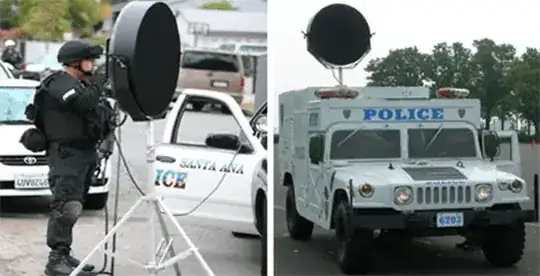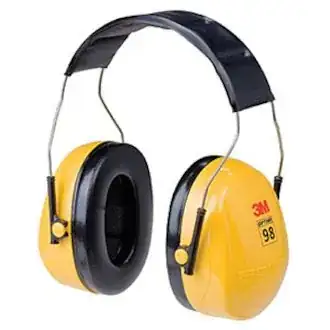Human nerve endings and most somatosensorial structures are vulnerable to several kinds of spoofing. I think the two most commons are the chemical spoofing of the vanillinoid and melastatin receptors, that signal heat and cold, but can be triggered by several substances like capsaicin (i.e. chili peppers) and menthols.
Now, chemical activation is out of the question since it is decidedly short ranged.
Electromagnetic activation is absolutely possible and is, indeed, commercially available (at least to the military) - it's the Raytheon Active Denial System. It employs nonpenetrating (well, almost) microwaves that activate surface TRP receptors, tricking the peripheral nervous system into believing the owner is burning alive. The illusion can be quite convincing, but the system has the potential of harming the sight and is easily disrupted by any conducting surface, like ordinary aluminum foil, and therefore is useless against armor.
The same kind of spoofing can be obtained mechanically, though, and there are several receptors (two simple ones are dubbed TRAAK and TRP/TREK1) that could easily be triggered by the appropriate microscopical shaking. To administer this, your villain needs a very fine control of (artificial) gravity - they need to send a precise train of high-frequency, carefully measured microscopic-amplitude gravity waves against the target.
Since gravity cannot be shielded against, an armor would avail nothing. Only a precisely tuned and oriented counter-field would be able to destructively interfere with the incoming ray, and even that requires too much precision and is too easily negated to be feasible.
The problem here, though, is that the same effect has the potential of causing significant and permanent damage should the amplitude be increased (brain tissue is especially sensitive to what would be diffuse axonal damage).
But given sufficient precision and power - and of course a plausible way of producing what would be for all intents and purposes a "gravity laser" - the method does exist.
(The same mechanical stimulation can be administered at shorter ranges through the use of acoustic waves, but a dense armor would negate it almost completely).
Another way, perfectly possible but requiring preparation and a suitable victim, would be direct stimulation of the pain centers in the dorsal posterior insula, or directly and more crudely of, say, the trigeminal nerve. That would require a receiver surgically implanted in the cranium, for example in the maxillary sinus.


